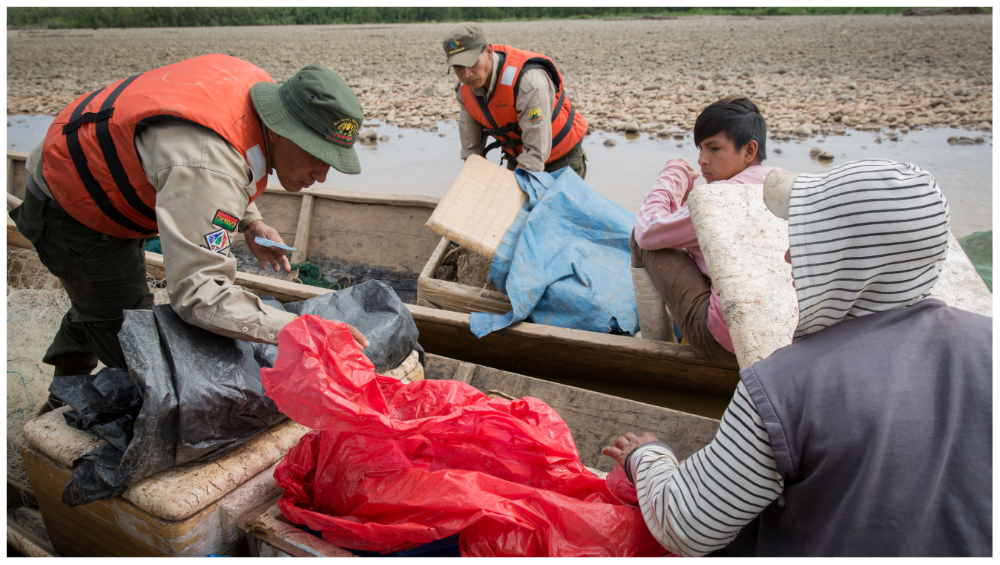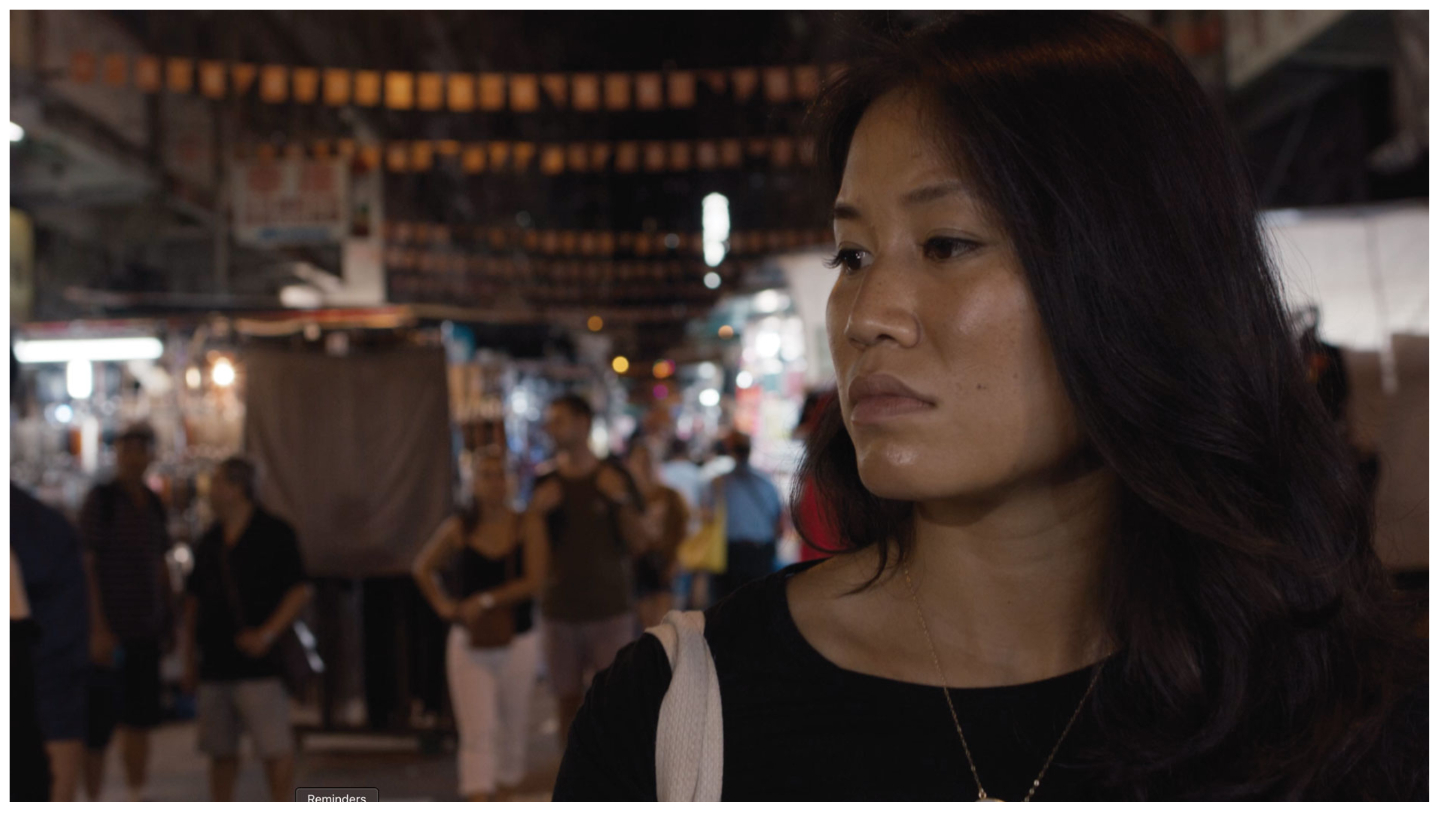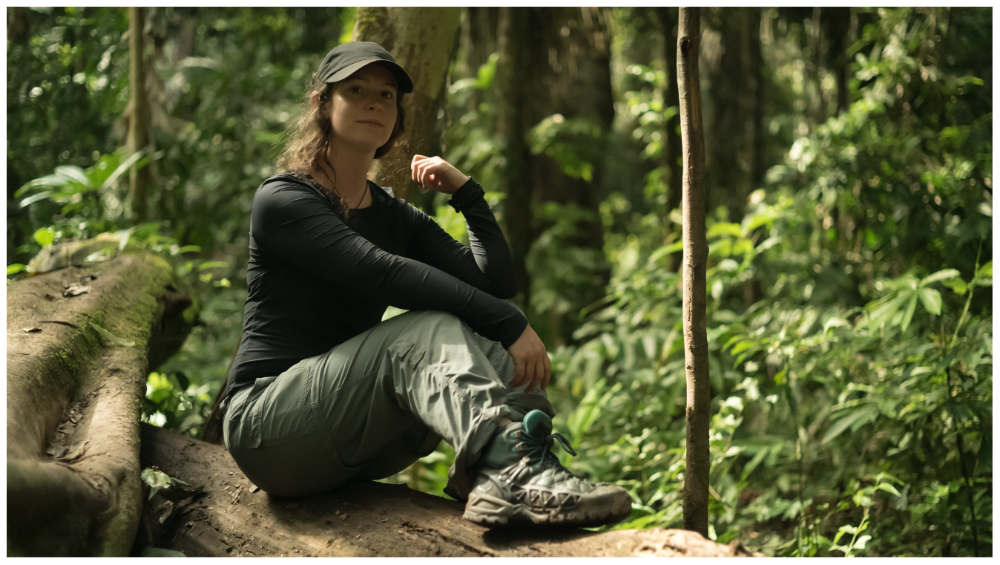
29 Nov National Geographic Channel Acquires Latin American Rights to Wildlife Crime Documentary ‘Tigre Gente’ (EXCLUSIVE)
by Leo Barraclough – Variety
National Geographic Channel has acquired Elizabeth Unger’s wildlife-crime documentary feature “Tigre Gente” in Latin America, where the film will premiere on April 22 as part of the channel’s Earth Day lineup. Limonero Films has acquired the film for distribution outside Latin America. “Tigre Gente,” which premiered at Tribeca Film Festival in 2021, is produced by Unger alongside Joanna Natasegara, who won an Oscar for “The White Helmets,” and was Oscar nominated for “The Edge of Democracy” and “Virunga.”
When Unger set out to make a feature documentary about the battle to protect the jaguar in Bolivia, her mission was to break new ground in the wildlife-crime genre “by exploring the root cause of the mentality that’s driving the demand,” she says.
She hopes the film “will help battle misconceptions and give Western audiences a better comprehension of Chinese culture and tradition as it pertains to wildlife consumerism.”
She adds: “We can do better, and we should do better, to understand the other side. It will only be then that we can drive real impact and stop the illegal wildlife trade industry together.”
Unger first became interested in the protection of wildlife in Bolivia when she was a biology student at the University of North Carolina Wilmington. She was just 19 when she visited the country for the first time in 2009 as a volunteer working to rehabilitate animal victims of the illegal wildlife trade.
“[The experience] just stuck with me. It stuck with me for a few years. And back then, when I was more focused on photojournalism and writing, I still had never really done a documentary. I thought the story would be fascinating, you know, a story about wildlife trafficking in Latin America, just because no one was talking about it in the press. I mean, everyone was focused on elephants and rhinos in Africa. I just wasn’t sure what the story exactly would be.”

Years later, in 2015, when she was at grad school at NYU, the way forward came to her after a daytime nap. “I wasn’t going to grad school for conservation. I was going there for food studies, actually. I was really interested in hot button food sustainability issues. But I found myself really missing my roots in wildlife conservation and biology. So, I woke up from this nap, and I thought: I should do a documentary about wildlife trafficking in Bolivia. I’ve already been there. I have contacts. I just need to figure out what the story is. And I thought the film was going to take me six months, because I had never done a film before. And it ended up taking six years, now seven. So that’s kind of how I got into it.”
At the heart of the documentary are two major protagonists. The first is Marcos Uzquiano, a ranger, and the director of Madidi National Park in Bolivia. A Bolivian government staffer had recommended that Unger contact Uzquiano while she was doing research and development in Bolivia in 2015. She then set up a Zoom interview with him when she was back in the U.S. “We had a great meeting together, and Marcos said: ‘As long as your film is something that will showcase Madidi National Park and inspire people to protect that place, I would love to be a part of this.’”
She adds: “We couldn’t believe how lucky we got. He was just so emotive, and just a great protagonist, a great human.”
The second major protagonist is Laurel Chor, an investigative reporter from Hong Kong.

“I knew Laurel from the National Geographic community. We were both grantees. National Geographic Explorers is the title, but essentially, we’re just grantees. National Geographic Society gives us money for projects,” Unger explains.
“I had seen her speak at an event in Washington D.C. at NatGeo headquarters, and I was just blown away. I was just so impressed by Laurel, and I approached her, eventually, and was like: ‘I’m working on this story about wildlife trafficking – on this new trade in jaguar body parts for the Chinese black market. But in every wildlife crime film I’ve ever watched I never see a Chinese protagonist that actually examines or investigates why the demand exists in the first place from the Chinese community. I have never seen a film like that ever. Would you be interested in exploring that with me?’ And she said: ‘Yes, very much so.’ And eventually, she was not only a protagonist, she came on as an executive producer, because she developed her story with our team.”
Unger was thinking about adding a third protagonist: American zoologist Alan Rabinowitz. “He was a prominent jaguar expert. He was called ‘the Indiana Jones of wildlife,’ and went on, you know, the Stephen Colbert show. He was this fascinating figure. He was looking at jaguar trafficking in Suriname and was interested in looking at a different country. And we were thinking about bringing him in as a third protagonist to complement Marcos and Laurel, but he actually passed away from cancer, so we dedicated the film to him at the end of the credits.”
As well as including the Chinese perspective in the story, the film also pays attention to the culture of the Bolivians, and the reasons why some of them facilitate the illegal trade in jaguar body parts, mainly the teeth, and others are fighting hard to preserve the cats from extinction.
Unger explains the reason for her particular approach.

“I love genre-bending work, and I felt like wildlife crime films are traditionally done in a very masculine way. It’s: ‘Get the bad guy’; ‘Who’s the bad guy?’; ‘Who’s responsible for this?’ And you see the heroes coming out and doing their thing. And that’s great. But I wanted to throw my hat in the ring as a female director, with a female majority team, doing a film that’s in a more poetic, raw, visceral way.
“And you can’t do that by only concentrating on the trade, you have to dig deeper into the communities. And luckily, you know, we have a really global team that made this film. And so we felt that with our strength as a team, we could carry off digging into the community aspects in Bolivia, and in Hong Kong and China, in order to better understand our characters, what drives them, and that would make an audience care about the issue more as well.
“We can’t just focus on the trade and the animals anymore, the storytelling has to be more nuanced, more sophisticated, more well-rounded. And so by digging into that mysticism of the Bolivian lowlands, you get this sort of genre bending kind of element to the wildlife crime thriller, and I think it makes it more interesting. I think it throws a curveball. I think it makes it more human. And the film really is a mix of humans and animals. It’s not just focused on the jaguar. To be honest, a jaguar could be any commodity, any animal. We’re hoping that our storytelling will be seen as something that other filmmakers can use to inspire other people.”
The intention was that the Chinese are not portrayed as the archetypal villains, but in an empathetic way.

“Oh, yes. These are long discussions I had with Laurel, who really understood, you know. She didn’t think that the Chinese community had been represented well at all in this genre. So, we worked together to develop a story that asked deeper questions.
“While Marcos was figuring out the who and how in Bolivia with the local Bolivians who are supplying these parts, for whatever reason – you can say it’s a cycle of poverty, and just needing money to feed their kids. That was his world. But with Laurel, we really wanted to examine the why, which I don’t think has been done. At least not on a large scale.”
“So, for us, this was a really beautiful way – through Laurel’s world with her family, with experts and friends – to walk through and understand that this is a gray issue. It’s not black and white. And that’s why it’s so difficult to solve. At least with this film, we can go one step further and add into this conversation an important piece of humanism and empathy in order to drive solutions forward.”
Next up for Unger is another project with Natasegara, but she’s not ready to reveal details. “It’s a really special project. So please, stay tuned,” she says.



